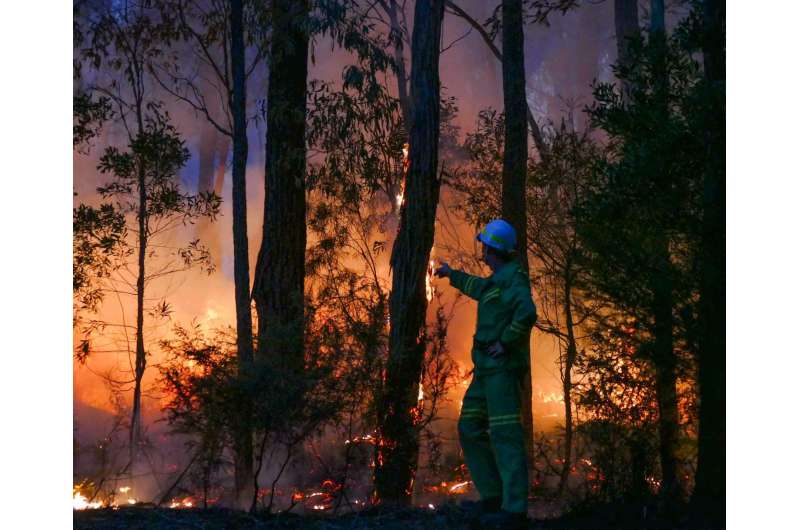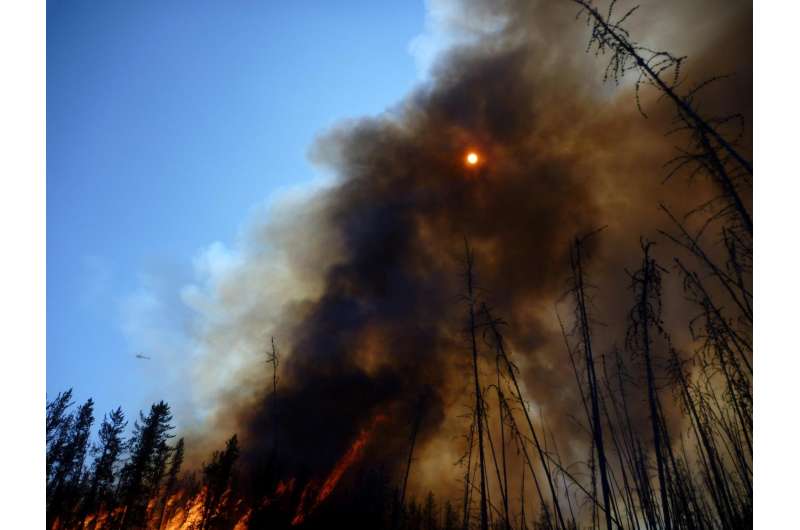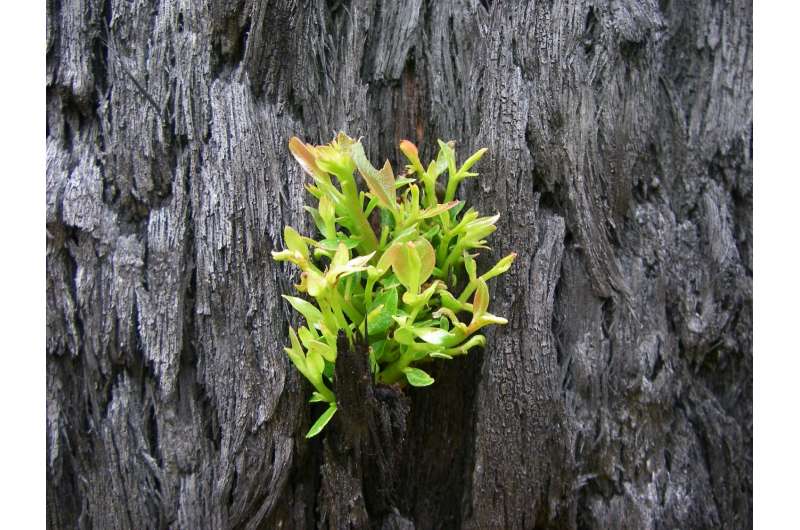Wildfire - it's not spreading like wildfire

A new analysis of global data related to wildfire, published by the Royal Society, reveals major misconceptions about wildfire and its social and economic impacts.
Prof. Stefan Doerr and Dr Cristina Santin from Swansea University's College of Science carried out detailed analysis of global and regional data on fire occurrence, severity and its impacts on society.
Their research, published in Philosophical Transactions of the Royal Society B, looked at charcoal records in sediments and isotope-ratio records in ice cores, to build up a picture of wildfire in the past.
In contrast to what is widely portrayed in the literature and media reports, they found that:
- global area burned has seen an overall slight decline over past decades, despite some notable regional increases. Currently, around 4% of the global land surface is affected by vegetation fires each year.
- there is increasing evidence that there is less fire in the global landscape today than centuries ago.
- direct fatalities from fire and economic losses also show no clear trends over the past three decades.
The researchers conclude: "The data available to date do not support a general increase in area burned or in fire severity for many regions of the world. Indeed there is increasing evidence that there is overall less fire in the landscape today than there has been centuries ago, although the magnitude of this reduction still needs to be examined in more detail."

Notwithstanding the serious impacts on society that emerge when fires occur close to populated areas, as exemplified so dramatically by the un-seasonally early wildfires in Canada this spring that led to the successful evacuation of an entire town of 80,000 inhabitants, the researchers find that the risk of direct death from fire for the population as a whole is relatively low compared with other natural hazards.
Global deaths 1901-2014
- wildfire 3,753
- earthquakes 2.5 million
- floods 7 million
The researchers, however, also warn about the serious implications of climate change, land use changes and increasing population density in the so called wildland-urban interface. For instance, climate change has already led to a lengthening of the fire season in parts of North America and is likely to increase fire occurrence and severity in many regions of the globe including the UK.
They note: "The warming climate, which is predicted to result in more severe fire weather in many regions of the globe in this century, will probably contribute further to both perceived and actual risks to lives, health and infrastructure. Therefore the need for human societies to coexist with fire will continue, and may increase in the future."

Prof. Stefan Doerr of Swansea University, who is also the Editor-in-Chief of the International Journal of Wildland Fire, explained:
"Large scale land use changes are increasingly exposing non-fire adapted landscapes such as tropical peatlands to serious damage by fire".
Dr Cristina Santin, a biologist at Swansea University, whose research also focuses on the impact of fires on the carbon cycle, added:
"Fire is a fundamental natural ecological agent in many of our ecosystems and only a 'problem' where we choose to inhabit these fire-prone regions or when we humans introduce it to non-fire-adapted ecosystems".
In the synthesis the experts highlight the often fundamental, complex and inevitable role that fire has in both 'natural' and 'man-made' environments. They argue that the 'wildfire problem' is essentially more a social than a natural one and that we need to move towards a more sustainable co-existence with fire. This requires a balanced and informed understanding of the realities of wildfire occurrence and its effects.
More information: Stefan H. Doerr et al, Global trends in wildfire and its impacts: perceptions versus realities in a changing world, Philosophical Transactions of the Royal Society B: Biological Sciences (2016). DOI: 10.1098/rstb.2015.0345
Journal information: Philosophical Transactions of the Royal Society B
Provided by Swansea University




















